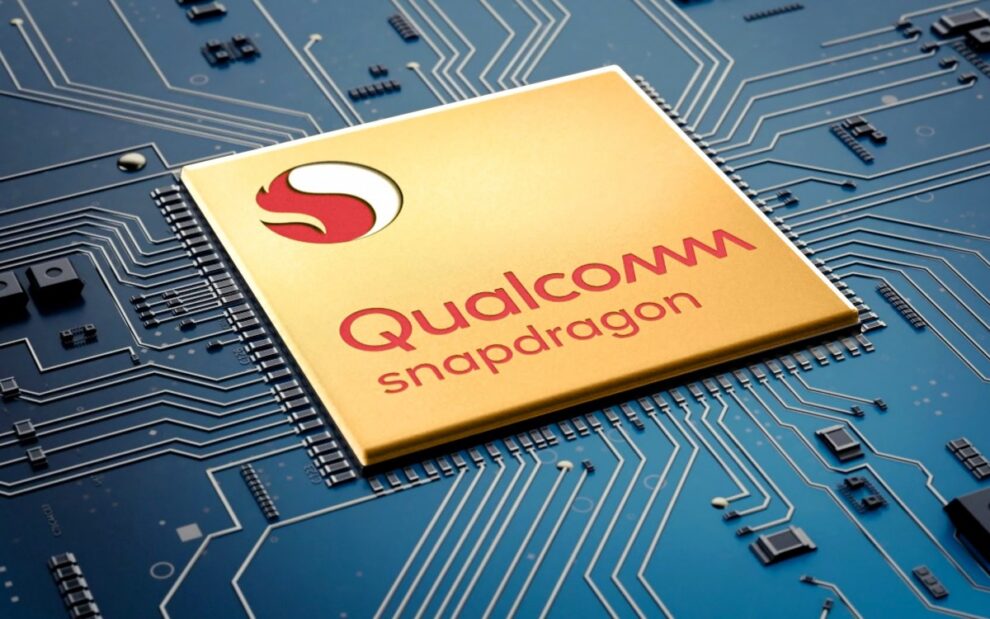Qualcomm’s upcoming flagship mobile processor, the Snapdragon 8 Gen 4, is set to be significantly more expensive than its predecessor, potentially impacting the price of Android flagship smartphones in 2025. Meanwhile, the chipmaker is reportedly working on more affordable Snapdragon chips for Windows devices.
The Pricey Snapdragon 8 Gen 4
According to industry analyst Ming-Chi Kuo, the Snapdragon 8 Gen 4, expected to launch in October 2024 and power 2025’s top-tier Android devices, is estimated to be 25-30% pricier than the current Snapdragon 8 Gen 3. This translates to a cost of around $190-$200 per chip for smartphone manufacturers.
Several factors contribute to this price increase:
- Advanced Manufacturing Node: The Snapdragon 8 Gen 4 will be produced using TSMC’s N3E node, a cutting-edge 3nm process that offers performance improvements but comes with higher production costs.
- Oryon CPU: Qualcomm’s new Oryon CPU, designed to enhance performance and efficiency, is another factor driving up the cost.
Impact on Smartphone Prices
While it’s not guaranteed that the higher chip cost will directly translate to higher smartphone prices, it’s certainly a possibility. Smartphone manufacturers may choose to absorb some or all of the increased cost, but this could impact their profit margins. Alternatively, they might pass on some of the additional expense to consumers, potentially leading to a price hike for flagship Android phones in 2025.
Cheaper Snapdragon Chips for Windows on the Horizon
In addition to the Snapdragon 8 Gen 4 news, Kuo also reports that Qualcomm is developing more budget-friendly Snapdragon chips for Windows devices. This move could make Windows laptops and tablets more accessible to a wider range of consumers.
The increased cost of the Snapdragon 8 Gen 4 raises questions about the future pricing of flagship Android phones. While the price hike is not set in stone, it’s a factor that consumers and manufacturers alike will need to consider in the coming months.
On the other hand, the development of more affordable Snapdragon chips for Windows could be a game-changer, potentially expanding the reach of Windows devices and driving competition in the market.
As always, the tech landscape is constantly evolving, and it will be interesting to see how these developments play out in the coming year.









